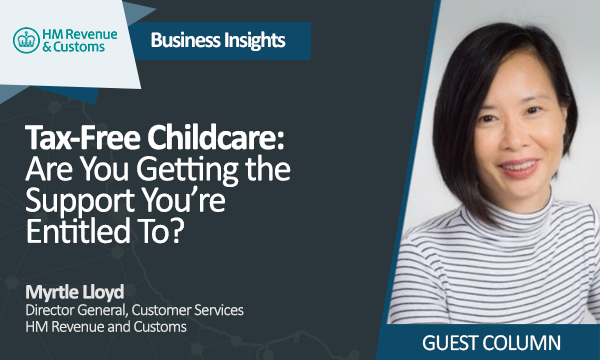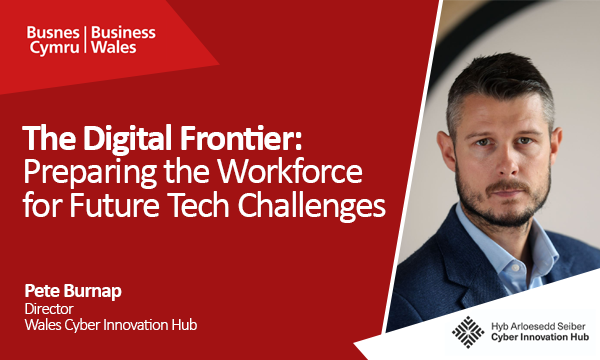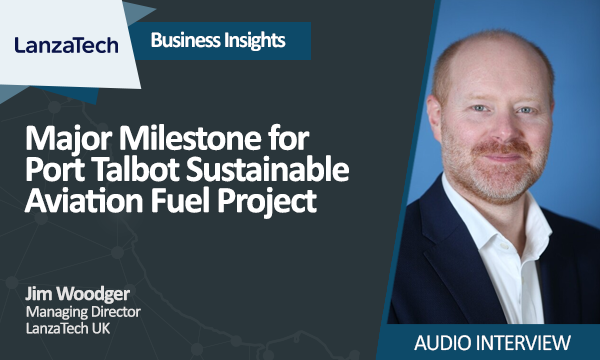Written By:
Studio Director
IBI Group
Architect, Certified Passive House Consultant
IBI Group
The United Nations Sustainable Development Goals describe sustainable development as one that meets the needs of the present without compromising the ability of future generations to meet their own needs.
Measurable goals and sustainable outcomes
As architects and designers, we focus our efforts in creating a sustainable future by developing an approach built on three core areas:
- Environment
- Society
- Economy
The healthy future of the earth’s climate and ecology are central to this philosophy; our climate sustainability goals are combined with social and economic wellbeing goals to ensure sustainable development can be achieved and adapted widely.
As designers, we align our sustainable development goals with the Royal Institute of British Architects (RIBA) Sustainable Outcomes. These outcomes are:
- Net-zero operational carbon
- Net-zero embodied carbon
- Sustainable water cycles
- Sustainable connectivity and transport
- Sustainable land use and biodiversity
- Good health and wellbeing
- Sustainable social community and social value
- Sustainable lifecycle cost
As practitioners of sustainable building and development, we must demonstrate that our projects will have a positive impact on these eight pillars of sustainability.
The discussion notes below are aligned with IBI’s Sustainability, Environmental and Climate Action Policy.
Environment
The role of buildings in reducing the global climate change impact is significant, as they account for 39 per cent of energy-related global CO2 emissions (2018 Global Status Report, Global Alliance for Buildings and Construction & International Energy Agency).
There are two main pillars on which we measure a building’s impact on the environment—operational energy and whole life carbon.
Operational energy
Operational energy is also measured in the Passive House standard for low energy use in buildings; this is a globally recognized, stringent standard that IBI Group is currently certifying multiple projects to. Innovating globally, these “envelope first” strategies for reducing operational energy are hardwired into our design approach. These include:
- high performance glazing at a sensible window-to-wall ratio;
- creating an airtight building envelope to reduce heat loss through diligent detailing and construction practice;
- highly insulated assemblies, which avoid thermal bridging.
In addition to the high-performance building envelope, we utilize powerful technologies and building techniques to create healthy, comfortable, and efficient buildings.
Technologies and methods, such as highly efficient mechanical and electrical systems, heat recovery, and optimized glazing, enable us to avoid the use of fossil fuels, exploit renewable energy where possible, and reduce wasted energy.
Whole life carbon assessment
The global conversation around environmental sustainability has now moved to a holistic approach to a building’s life cycle carbon modeling. Whole life carbon assessment (WLCA) measures all stages of carbon related to buildings, allowing a true net zero lifecycle to be achieved for buildings.
The UK and international construction industry is currently at a crossroads where the framework for WLCA is being defined and benchmarked, with emerging standards and targets outlined, and best practice implemented in line with RICS WLCA guidance.
IBI Group is developing solutions which integrate our BIM processes to the carbon counting process; we are uniquely placed as an integrated design and technology firm to be at the leading-edge of the anticipated widespread adoption of WLCA in global building practice.
Societal and economic sustainability
As architects and designers, we can influence and inform, but sustainable development will always be a team effort. To achieve these sustainability goals, education, policy and government funding are key.
In Wales, as seen in the Swansea Bay Technology Centre designed by IBI Group, both national and local government were aligned in putting sustainability at the forefront of the design, and the outcome will provide an exciting step on the path to net zero buildings and to net positive in Wales.
Located within the ambitious ‘Supporting Innovation and Low Carbon Growth’ programme led by Neath Port Talbot Council, the Technology Centre is designed to produce renewable electricity throughout its life, thereby offsetting the carbon emitted earlier in its life. Every effort has been made to reduce the embodied carbon, but the renewable offsetting is what allows the building to be truly net zero in its lifecycle














